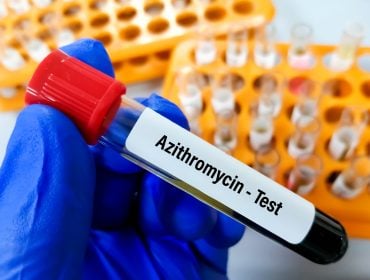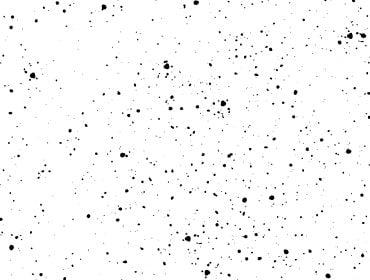Penile melanosis Symptoms & Treatments
First, What is Penile Melanosis?
Penile melanosis shows as flat, dark spots on your private area. These patches are harmless and usually pain-free. They result from extra pigment in skin cells.
While causes may vary, treatments generally aren’t necessary unless for cosmetic reasons.
Identifying Common Symptoms
Look for dark, flat patches on your skin. These spots are the main sign of penile melanosis. Changes in color may come from extra pigment.
It’s not clear why this happens; injury might play a part, though. Melanin build-up is often behind color shifts in these areas, a fact worth noting as you check yourself over carefully.
Exploring Potential Causes
Dark patches on your skin may worry you. These spots, or macules, are often just extra melanin. Sometimes they come from other pigments like hemosiderin or lipofuscin too.
Your genes might make these spots more likely for you. Injuries can cause them as well, so can some treatments for skin issues not related to STIs. Remember, having penile melanosis means no infection is present.
If the look bothers you though there’s options such as surgery and laser therapy available without any risk of spreading a condition because it isn’t contagious at all.
Treatment Options Available
Treatment options for penile melanosis include laser therapy or surgical removal. Laser sessions may lighten, but not always clear, pigmentation. Surgery involves grafting new skin post-removal of pigmented spots. Healing demands time; scars might remain after the procedure. These methods don’t impact sexual health or urination ability.
When to See a Doctor
See a doctor if spots change in size, shape, or color. If they cause worry or emotional distress, seek help too. A healthcare professional can provide advice and support. Reach out for reassurance that the condition is benign and non-contagious. For cosmetic concerns about penile melanosis spots, consult with a specialist.
Diagnosing the Condition
To diagnose penile melanosis, look for dark spots. These brown or black macules are the key sign. They’re usually under a centimeter and painless. Multiple non-bleeding spots may be present; they don’t change shape or size over time. Diagnosis typically excludes other skin conditions like lichen sclerosus.
Preventive Measures and Advice
Keep your skin clean; wash well daily. Use mild soap to protect delicate areas. Talk with a doctor for spots that worry you. They might suggest creams or laser therapy if needed. Monitor changes, seek advice if spots seem different.
Long-Term Management Strategies
Emotional health is key in handling penile melanosis. Therapy offers space for sharing feelings, fostering growth and resilience psychologically. Support groups provide community and shared experiences, helping you feel less alone.
They teach coping strategies for mental wellness with this skin condition. Seek help to talk out your worries safely; it strengthens emotional well-being. Seek help today to strengthen your emotional well-being and learn coping strategies for mental wellness with penile melanosis.
Comparing Benign Spots and Lesions
Benign spots like Fordyce spots are harmless sebaceous glands. They appear on the shaft, needing no treatment. Lesions may require biopsy if cancer is suspected. Spots on your penis could also be signs of an STD. Tell your doctor about any new growths or changes seen. Your health history aids in accurate lesion assessment.
Your habits shape your health. Sleep, stress, and diet can affect recovery from penile melanosis. Balance in daily life supports better healing outcomes. Avoiding harsh soaps helps prevent irritation during treatment. Choose gentle skin care; it matters for healing.
Secure and Confidential
STD testing services
The fastest results possbile - available in 1 to 2 days

Tagged
Categorized As
Author: STD Check Editorial Team
At STDCheck.com, we go to great lengths to ensure quality content. We’re using our own collection of data. It is not bought or made up for “click-bait” purposes. We don’t entice traffic with cheesy graphics or raunchy headlines. Our information is to promote STD testing, educate people, let go of social stigmas, and bring awareness. We also provide a completely confidential atmosphere through private testing. When we produce an article, it is fact-based. We check it with medical advisors that approve it. Our staff consists of doctors and other medical professionals who peer review the content we make available on STDCheck.com. From all over the world, we have sourced the best and the brightest content developers, including medical professionals, marketing engineers, data scientists, content specialists, and media relations.




